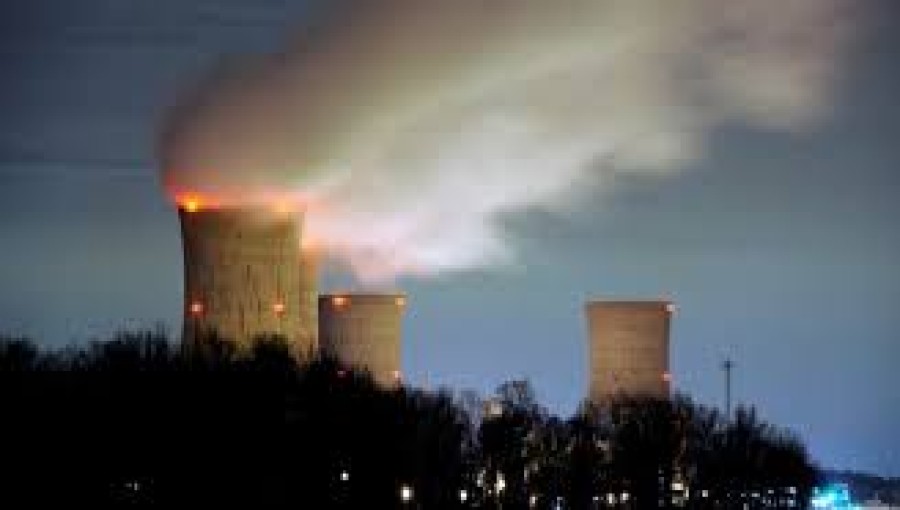Washington, D.C., June 17, 2024 — A recent study by the Information Technology and Innovation Foundation (ITIF), a non-partisan research institute, has revealed that the United States is significantly trailing China in the field of high-tech nuclear power. According to the report, the U.S. is approximately 15 years behind China, which currently has 27 nuclear reactors under construction, each with an average construction period of about seven years.
The study highlights China's rapid advancements in nuclear technology compared to other nations. The Chinese government's support through state-owned banks offering low-interest loans at just 1.4 percent has significantly accelerated the development of its nuclear sector. In contrast, the interest rates for similar projects in Western countries are several times higher, making financing more challenging.
The Biden administration maintains that the United States has the highest number of operational nuclear power plants globally. Recently, two new power plants in Georgia were commissioned in 2023 and 2024, costing billions of dollars. However, due to budget constraints, no additional nuclear power plants have been initiated since then.
China's progress in nuclear technology was underscored by the installation of the world's first fourth-generation 'gas-cooled' nuclear reactor on the coast of Shidao Bay in December of the previous year. This development represents a significant leap in nuclear reactor technology, emphasizing China's leading position in this high-tech field.
The ITIF report raises concerns about the U.S.'s future competitiveness in nuclear technology, urging for increased investment and policy support to catch up with China. The study suggests that without strategic efforts to boost the nuclear sector, the U.S. may fall further behind, impacting its position in the global energy market and technological advancements.
As the world shifts towards more sustainable and advanced energy solutions, the findings of this study may prompt renewed discussions and actions within the U.S. to address the challenges and opportunities in the nuclear power industry.































Comment: